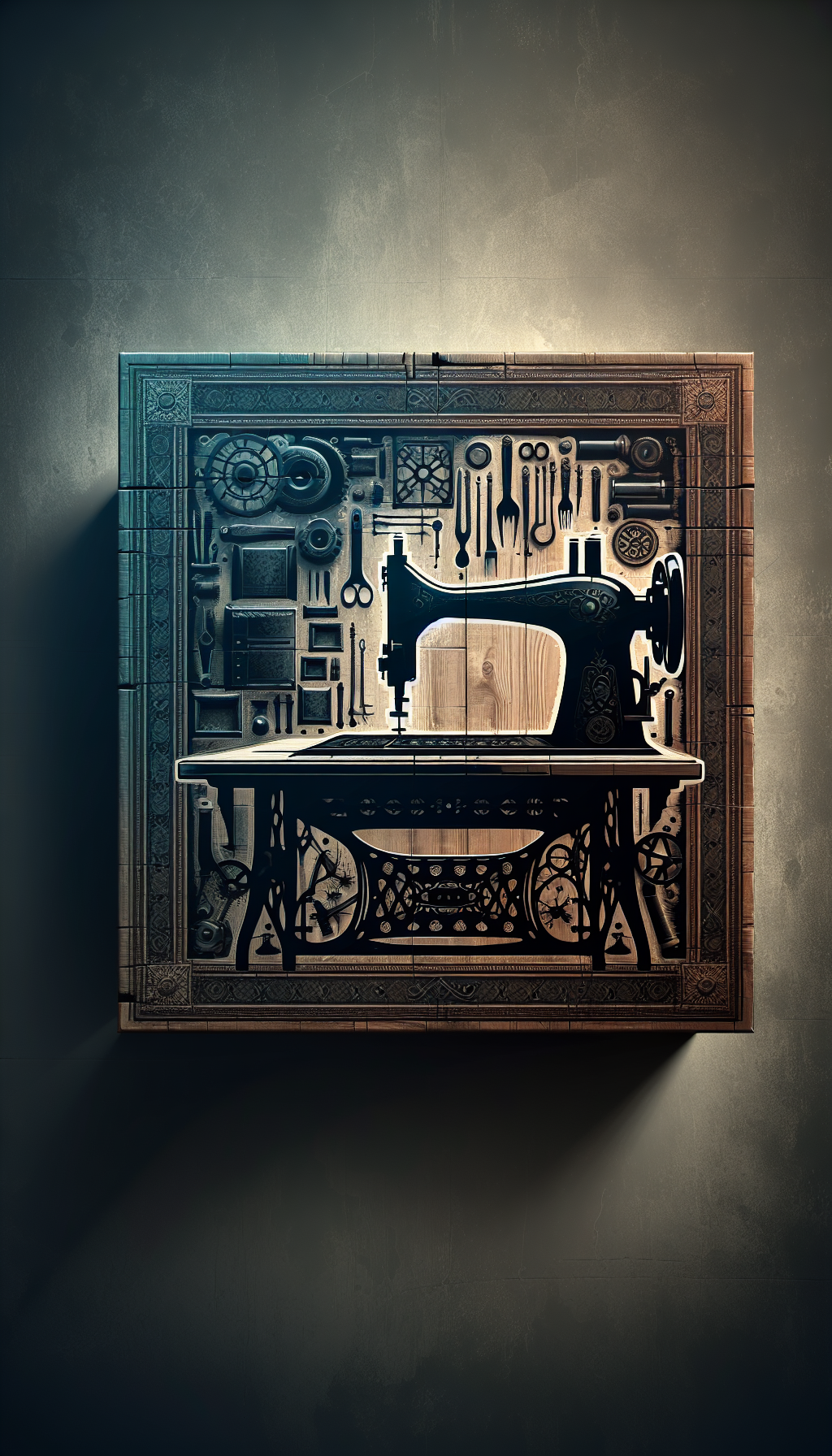A Regular Print After Pablo Picasso
For many collectors, the first encounter with a “Picasso print” is really a reproduction “after” a work by Pablo Picasso. That wording matters. In the market for Picasso graphics, value and authenticity hinge on whether a print is an original graphic conceived and executed by Picasso, or a regular reproduction printed after an existing painting or drawing, often posthumously. This guide explains the practical differences, how to examine a candidate, and what to expect in the appraisal process.
What “After Picasso” Actually Means
Original Picasso prints: These are original graphic works created as prints—etchings, aquatints, drypoints, lithographs, linocuts—designed for the medium and executed on presses with master printers. They were made during Picasso’s life and under his supervision (or posthumously from his original plates/stones with clear posthumous notation). They have catalogue raisonné references (Bloch for intaglio; Mourlot for lithographs; Baer for intaglio; Cramer for illustrated books, among others).
“After Picasso” prints: These are reproductions of existing artworks by Picasso (usually paintings, drawings, or gouaches), translated into print by others. They can be photomechanical offset lithographs, collotypes, or modern giclées. Some are estate-authorized and limited; others are open-edition posters or book plates. Even when technically excellent, they are not original Picasso graphics.
Common phrasing: Look for “d’après Picasso,” “after Picasso,” “estate lithograph,” “facsimile,” “reproduction,” or “poster.” Auction and dealer descriptions often telegraph the status if you know the vocabulary.
Original vs Regular Reproduction: Key Tells
A 10x loupe, careful lighting, and an understanding of print shop marks go a long way.
Paper and watermark
- Original prints typically appear on fine rag papers such as Arches, Rives BFK, Montval, or Richard de Bas. Watermarks like “ARCHES FRANCE” or “BFK RIVES” should be visible when backlit. The watermark should appear integral to the paper, not printed.
- Many regular reproductions use smooth, machine-made poster or book paper without watermarks. If a watermark is present on a reproduction, it may be generic and not among the papers typically used in Picasso’s printmaking.
Hand-signed vs plate-signed
- Hand-signed: For lifetime original prints, Picasso’s graphite pencil signature (usually lower right margin) is the gold standard. It should sit on top of the paper fibers, with natural pressure variation and no dot structure.
- Plate-signed or printed signature: If the “Picasso” signature sits within the image area or reveals halftone dots under magnification, it’s not hand-signed. Many reproductions reproduce the painted or printed signature as part of the image.
Edition numbering and inscriptions
- Original prints are usually hand-numbered in the lower left (for example, 34/200) in graphite, sometimes with proofs annotated “E.A.” (épreuve d’artiste), “H.C.” (hors commerce), or “P.P.” (printer’s proof). The handwriting should match period conventions, with authentic pencil on paper.
- Regular reproductions may have printed numbering, a stamped “signature,” or lack numbering altogether. Estate reproductions can be hand-numbered but are typically accompanied by estate stamps (see below) rather than Picasso’s pencil signature.
Printer and publisher marks (blindstamps)
- Original Picasso prints often carry printer or publisher blindstamps (embossed marks) in the lower margins. Key ateliers and publishers include Mourlot (lithographs), Lacourière & Frélaut (intaglio), Atelier Crommelynck (intaglio, later works), and Galerie Louise Leiris (publisher).
- Reproductions may carry different publishers’ marks or none at all. Presence of a blindstamp alone does not confer originality; it must correlate with a known printer/publisher for the medium and period.
Process clues under magnification
- Intaglio originals (etching/aquatint/drypoint): Expect a plate mark (rectangular indentation from the copper plate) around the image, ink burr on drypoint lines, and slightly raised ink in dark passages. No rosette dot pattern under the loupe.
- Lithographs (stone/transfer): No plate mark; rich, continuous tone; greasy crayon textures; flat but solid ink laydown without halftone dot rosettes.
- Linocuts: Slight embossment of the cut areas, crisp relief edges, sometimes ink squeeze at the borders.
- Photomechanical reproductions (offset litho, collotype): CMYK rosette patterns or a fine dot screen visible under a loupe, even when the print seems richly colored to the naked eye.
Margins and format
- Original prints were issued with generous margins; trimming to the image or over-mounting is a red flag for condition and value.
- Posters and book plates (“regular prints”) often have smaller margins and may include printed text, plate numbers, or verso text.
Estate and Posthumous Editions: Legitimate but Not by Picasso’s Hand
After Picasso’s death in 1973, the estate authorized limited editions “after” certain paintings and drawings. These can be beautifully made and collectible, yet they are not original Picasso prints in the strict sense.
What they are
- Estate-authorized chromolithographs or offset lithographs produced in limited editions, often in the 1980s–1990s, translating well-known Picasso images into print.
- They may bear an estate stamp signature or embossed seal, sometimes with a red or blindstamp mark indicating the estate or publisher.
How they are labeled
- Look for phrases such as “d’après Picasso,” “estate authorized,” “Collection/Successions/Marina Picasso,” or “after the painting of 19XX.”
- Numbering may be hand-applied (e.g., 137/500), but the signature is a stamp or absent; Picasso did not hand-sign these.
Legitimate but different
- These are legitimate collectibles with a clear place in the market. They should not be marketed as “original Picasso lithographs.”
- Value is generally a fraction of lifetime original prints executed under Picasso’s direct supervision. Quality, paper, publisher, and subject affect demand.
Posthumous impressions from original plates
- A separate category: posthumous impressions pulled from Picasso’s original intaglio plates or lithographic stones. Reputable impressions are clearly annotated as posthumous and may carry estate stamps and printer marks. They remain more desirable than reproductions after paintings but less so than lifetime impressions.
Market and Appraisal Essentials
Understanding the ecosystem of “after Picasso” prints helps set realistic expectations.
Common sources of regular prints
- Exhibition posters: Many were printed by Mourlot and other ateliers in Picasso’s lifetime. Some are original poster lithographs designed or supervised by Picasso; others are later reprints. Original posters with period text, correct references, and known papers can be valuable; modern reprints are decorative.
- Book plates and portfolio reproductions: High-quality collotypes or photolithographs issued in art books and deluxe portfolios. They often have printed page numbers or verso text.
- Estate-authorized editions: Limited runs “after” paintings/drawings, typically numbered and bearing estate/publisher stamps.
- Unauthorized modern reproductions: Giclées or offset prints sold as decorative art; usually open edition, no credible publisher marks.
Value context (qualitative)
- Original Picasso prints (lifetime impressions) command the highest values.
- Posthumous impressions from original matrices are next, with clear posthumous annotations.
- Estate-authorized “after Picasso” reproductions follow, with values influenced by edition size, subject, and production quality.
- Posters and book plates vary widely; period originals with proper references can be strong, whereas common reprints carry modest decorative value.
Condition factors that move the needle
- Light-staining, foxing, mat burn, toning, scuffs, abrasions, moisture damage, and trimming all depress value.
- Fresh, untrimmed margins; crisp impressions; and clean, stable paper significantly raise desirability.
Provenance and references
- Invoices or labels from recognized publishers or galleries (e.g., Galerie Louise Leiris for many lifetime works) strengthen confidence.
- Catalogue raisonné numbers are essential for original prints and posters: Bloch (etchings/aquatints), Mourlot (lithographs), Baer (intaglio), Cramer (illustrated books). When a print is “after Picasso,” it often will not have a Bloch or Mourlot number corresponding to an original print but may be documented in poster catalogues or publisher records.
Framing and conservation
- Acid-free mounts and UV-filtering glazing protect works on paper. Old acidic mats cause burns and lines.
- Conservation washing and de-acidification can remedy some issues but should be handled by a paper conservator. Document any treatments for appraisals.
Practical Checklist
Use this sequence to triage a “regular print after Picasso.”
Inspect the signature:
- Is there a pencil signature in the margin? Check with a loupe—no dots, natural graphite sheen, pressure variation.
- If the signature is printed inside the image, assume reproduction unless other evidence suggests an original poster lithograph with plate-signed-only convention.
Look for edition markings:
- Hand-applied fraction (e.g., 57/200) at lower left indicates an edition; printed numerals or no numbering suggest reproduction or poster.
- “E.A.,” “H.C.,” or “P.P.” can appear on originals and posthumous pulls; confirm legitimacy with printer/publisher marks.
Check paper and edges:
- Watermark present? Arches, Rives BFK, Montval are common on originals. Deckle edges? Intact margins?
- Book plates typically have trimmed or bound edges and sometimes verso text or plate numbers.
Identify the process:
- Plate mark and intaglio characteristics? Consider etching/aquatint.
- No plate mark but solid, continuous tones? Possibly lithograph.
- Dot rosette visible under a loupe? Photomechanical reproduction.
Find printer/publisher marks:
- Blindstamps of known ateliers (Mourlot, Lacourière & Frélaut, Crommelynck) support originality in the right context.
- Estate or collection embossments and red stamps often indicate posthumous “after” editions.
Record inscriptions and references:
- Note all margin inscriptions, any French “d’après” language, and verso labels.
- Search for catalogue raisonné references; lack of a pertinent reference often signals a reproduction.
Assess condition:
- Look for light-stain, foxing, tears, creases, mat burn, and trimming.
- Photograph with raking light to reveal surface issues; avoid removing hinges or mats without guidance.
Establish provenance:
- Keep sales receipts, certificates, and labels. A clear paper trail adds credibility and value.
When in doubt:
- Obtain a specialist opinion, ideally with high-resolution images of the front, margins, verso, and details under magnification.
FAQ
Q: How can I tell if the signature is genuinely by Picasso? A: Lifetime original prints are typically hand-signed in graphite at the lower right margin, not within the image. Under magnification the line should show no dot pattern, with natural pressure variation. Beware of added spurious “Picasso” pencil signatures on reproductions; they are common.
Q: What is a blindstamp and why does it matter? A: A blindstamp is an embossed, inkless stamp from the printer or publisher, usually in the margin. Recognized stamps (e.g., Mourlot, Lacourière & Frélaut, Crommelynck) that are appropriate to the medium and date support authenticity for originals. Estate embossments often mark posthumous “after Picasso” editions, which are legitimate but not originals.
Q: Are exhibition posters considered original prints? A: Some are. Many mid-century posters were original lithographs created at ateliers like Mourlot, sometimes with text added. These can be collectible and are catalogued. Later reprints of the same poster designs exist and are less valuable. Correct period paper, margins with text, and catalogue references help distinguish them.
Q: Do estate-authorized “after Picasso” editions have value? A: Yes, but typically less than lifetime original prints. Quality, subject matter, edition size, and the presence of clear estate/publisher marks affect value. They should be described as “after Picasso” or “estate-authorized,” not as original Picasso lithographs.
Q: Should I remove the frame to check for watermarks? A: Only if you are comfortable and the framing allows safe removal without stress to the sheet. Ideally, consult a paper conservator or experienced framer. Document the process and any findings (watermarks, inscriptions, verso labels) for appraisal records.
By applying the checks above—signature, edition, paper, process, and provenance—you can quickly place a candidate in the correct category: lifetime original print, posthumous impression, estate “after Picasso” edition, or regular reproduction. That classification is the foundation of a reliable appraisal and fair market expectation.



